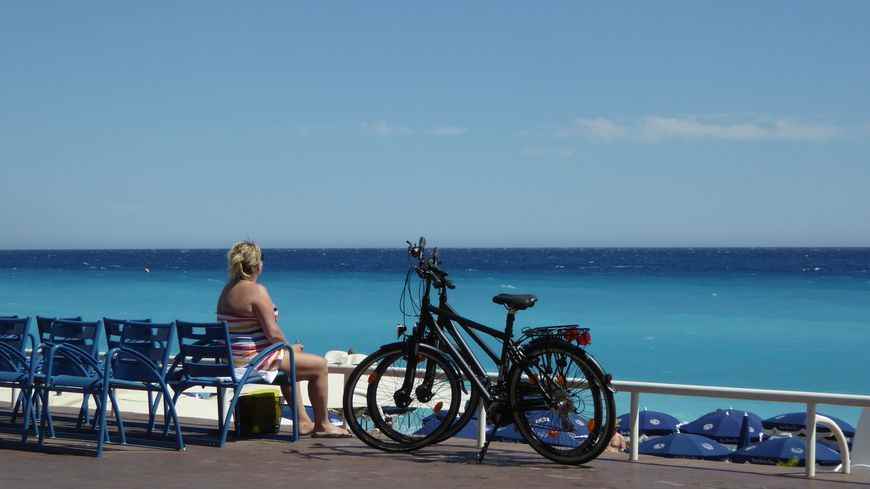How many kilometers of cycle paths does a municipality have for 100km of roads? This is how the cycling rate is calculated on which the study by the association Vélo et Territoires which has just been published is based. And it brings us some surprises in the Alpes-Maritimes. Did you think that Nice had an incredible number of cycle paths now, since they come out of the ground every month or so, the last on the side of Place Grimaldi? These tracks actually represent only 5.4% of the road network. In comparison, Cannes, another large city in the department can boast of a “cyclability rate” of 9.4%. Even more surprisingly, Isola reaches 10.7%. We obviously have to put things into perspective: there are far fewer kilometers of roads in Isola than in Nice, so the smallest cycle path takes up a much larger share of the figures.
Mouans-Sartoux, Villeneuve-Loubet or Valbonne good students
Valbonne, for its part, has 13.2% cyclability, a good point for a neighboring town of Sophia Antipolis which has many “cyclists”, including people who come to work by bicycle. On the Villeneuve Loubet side, we show 14.2% against 12.4% for Mouans-Sartoux, also well endowed.
In France, large disparities between large cities and rural municipalities
On average in the country, cities with more than 200,000 inhabitants have a cycling rate of 8%, while it drops to 1% in the most rural areas. Of course, these raw numbers should be taken with a grain of salt. Nice, which is below the national average for the biggest cities, has a lot of hills with very narrow roads, which are difficult to develop. However, it will be interesting to study this rate in the future since much remains to be done, particularly on the main avenues, that of Gambette in particular is under construction.
